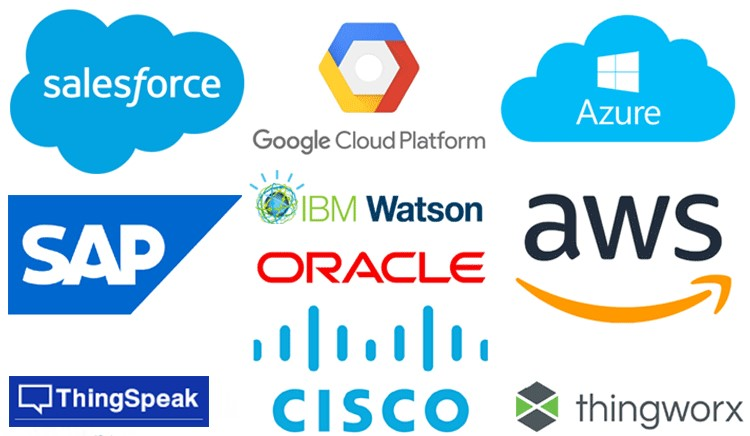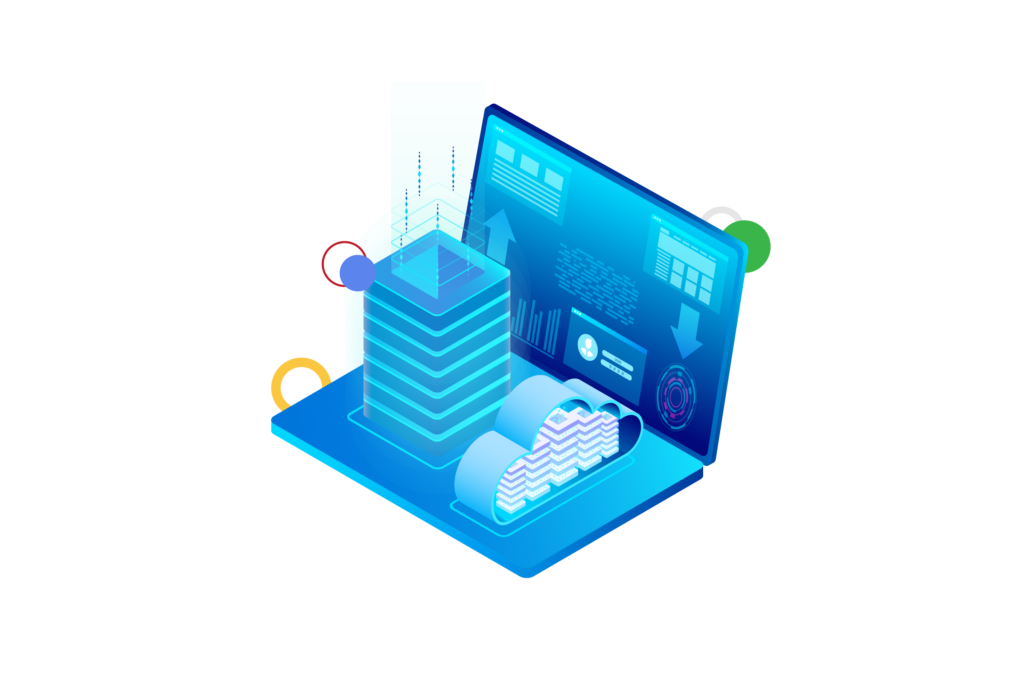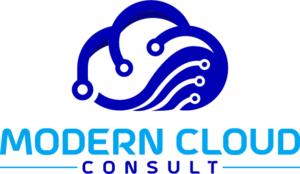Cloud Consulting Services
Creating Your Competitive Advantage with the Cloud
For most organizations today, migrating to the cloud isn't a question of if, but a matter of when. Whether you want to create a digital workplace, enhance business agility, or speed up software development and delivery, cloud computing offers a better way.
Shifting to the cloud has become the
standard for businesses looking to accelerate digital transformation because it provides:
- Scalability and agility to quickly flex as business needs change
- Cost savings through reduced physical data center storage and consumption-based services
- Best-in-breed security provided by cloud platforms
- Increased employee productivity and collaboration
- Streamlined business and IT processes
- Faster speed to market with Cloud/DevOps processes, including automation tools like infrastructure as code (IaC)
- Backup and recovery services to ensure business continuity in the event of a disaster
While the move to the cloud is inevitable, the journey is complex, requiring businesses to navigate
things like security compliance and workload management. So, how should organizations approach this
transition? As an experienced cloud consulting services company, we recommend considering the
following:
Consider the Human Factor
Moving to the cloud not only affects an organization’s infrastructure, but their employees. Before
moving forward, it’s critical to get buy-in from the impacted lines of business, ensuring everyone
understands the full benefits of cloud computing as it relates to their specific business/IT needs.
Employees need to be excited about and committed to cloud adoption, otherwise the migration efforts
won’t deliver the true value the cloud promises.
IT staff need training and clear communication to understand new technologies and how their roles will
evolve. It’s important to identify and train existing staff before jumping into a migration. Consider
utilizing a third party to assess, plan, and execute your cloud migration to relieve the pressure on
existing employees. By working alongside experienced third-party cloud architects and engineers,
internal trained staff can truly get a hands-on experience.

Evaluate Cloud Candidates

Choose the Right Cloud Platform

Making the Leap

Don’t Set It and Forget It

